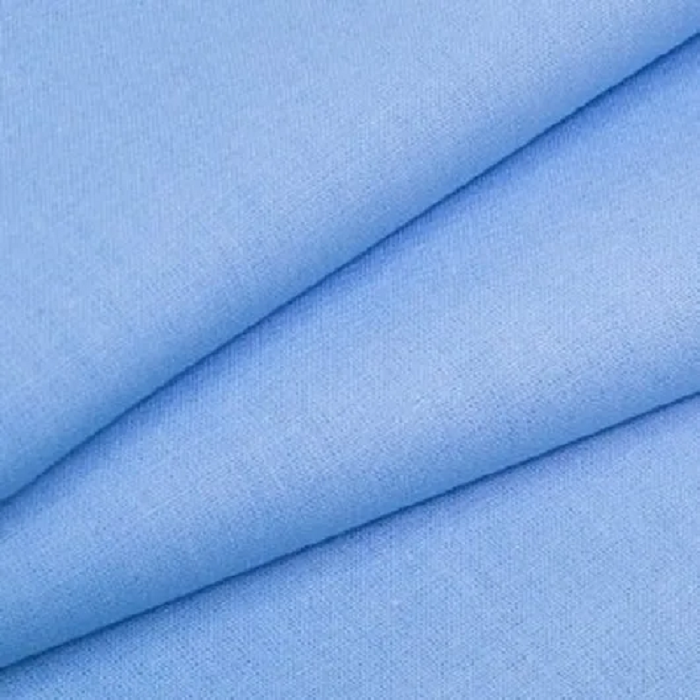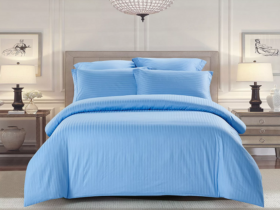Calico is a natural cotton fabric. It differs from other varieties of such materials in its special weaving of threads and density. According to Russian GOST, it can only contain cotton.
But in other countries (for example, China) it is allowed to add synthetic fibers to cotton to increase strength. Therefore, when choosing fabric, it is important to pay attention to the country of origin.
In Russia, this inexpensive material began to be produced only in the 18th century. It was used for sewing underwear, linings and light clothing. Later they began to sew home textiles from it.
How does calico differ from other materials and how to properly care for it?
Types of calico
The peculiarity of this type of fabric is the plain thread weaving technique. Each warp thread intersects with the weft thread only once, forming a simple criss-cross pattern. Thanks to this, the back and front sides of the material are identical, and its surface becomes rough and matte. This weaving makes the fabric very durable and wear-resistant.
Depending on the density and color, several types of material are distinguished.
Severe – the densest undyed fabric (density – from 130 to 160 g/m2). It is used for sewing workwear or covering the interior of furniture.
Bleached – density from 112 to 125 g/m2. Used for sewing bed linen.
Plain painted – density from 100 to 120 125 g/m2. Similar to the previous one, but painted in different colors.
Used for sewing bed linen, linings and clothing.
Sparse is the thinnest fabric. Its density does not exceed 100 g/m2. If you hold the material up to the light, you can easily see the thread pattern.
Printed is the brightest of all types; its density can be any. The design is applied to the canvas using thermal printing. Used for sewing adult and children’s bed linen, clothing and home textiles.
Material density is the weight of thread required to produce 1 square meter of fabric.



